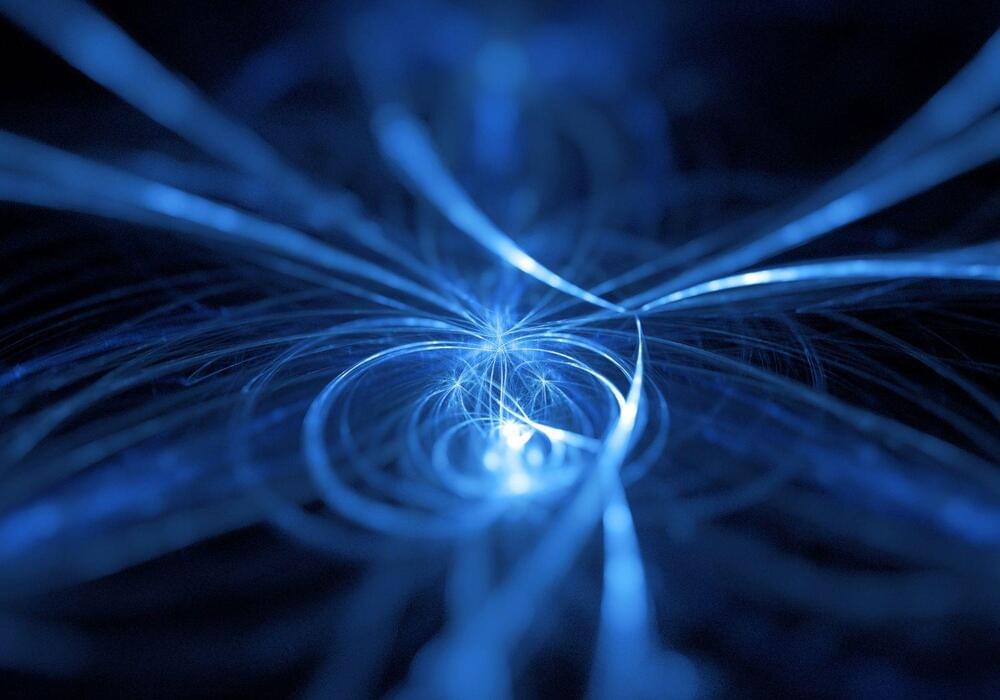DATEV and IQM Quantum Computers collaborated to explore the potential of quantum computing in optimizing DATEV’s product portfolio.


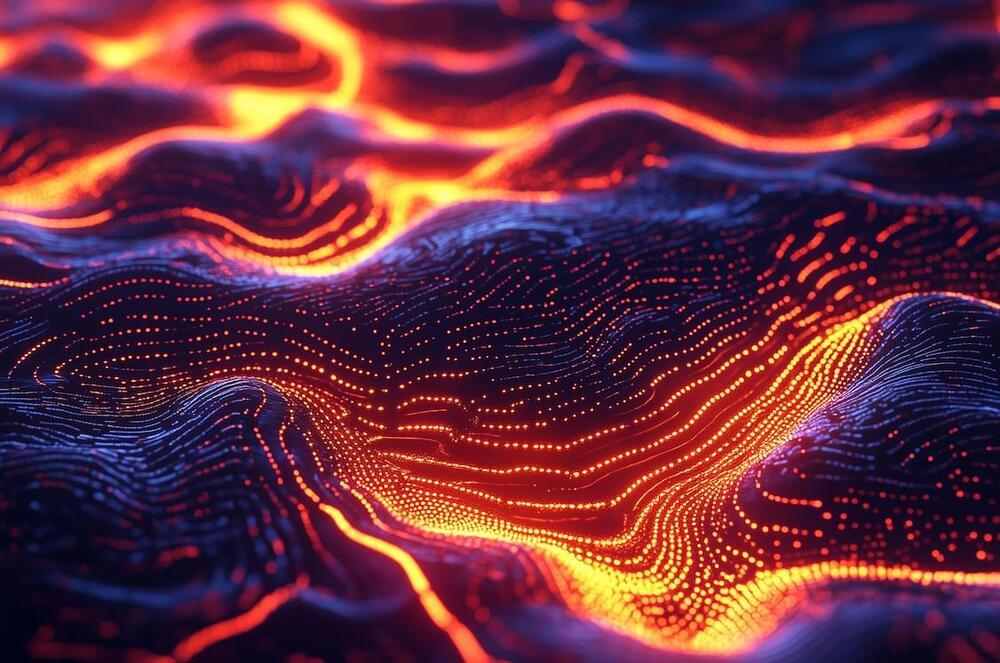
The concept of Omega Singularity encapsulates the ultimate convergence of universal intelligence, where reality, rooted in information and consciousness, culminates in a unified hypermind. This concept weaves together the Holographic Principle, envisioning the universe as a projection from the Omega Singularity, and the fractal multiverse, an infinite, self-organizing structure. The work highlights a “solo mission of self-discovery,” where individuals co-create subjective realities, leading to the fusion of human and artificial consciousness into a transcendent cosmic entity. Emphasizing a computational, post-materialist perspective, it redefines the physical world as a self-simulation within a conscious, universal system.
#OmegaSingularity #UniversalMind #FractalMultiverse #CyberneticTheoryofMind #EvolutionaryCybernetics #PhilosophyofMind #QuantumCosmology #ComputationalPhysics #futurism #posthumanism #cybernetics #cosmology #physics #philosophy #theosophy #consciousness #ontology #eschatology
Where does reality come from? What is the fractal multiverse? What is the Omega Singularity? Is our universe a \.
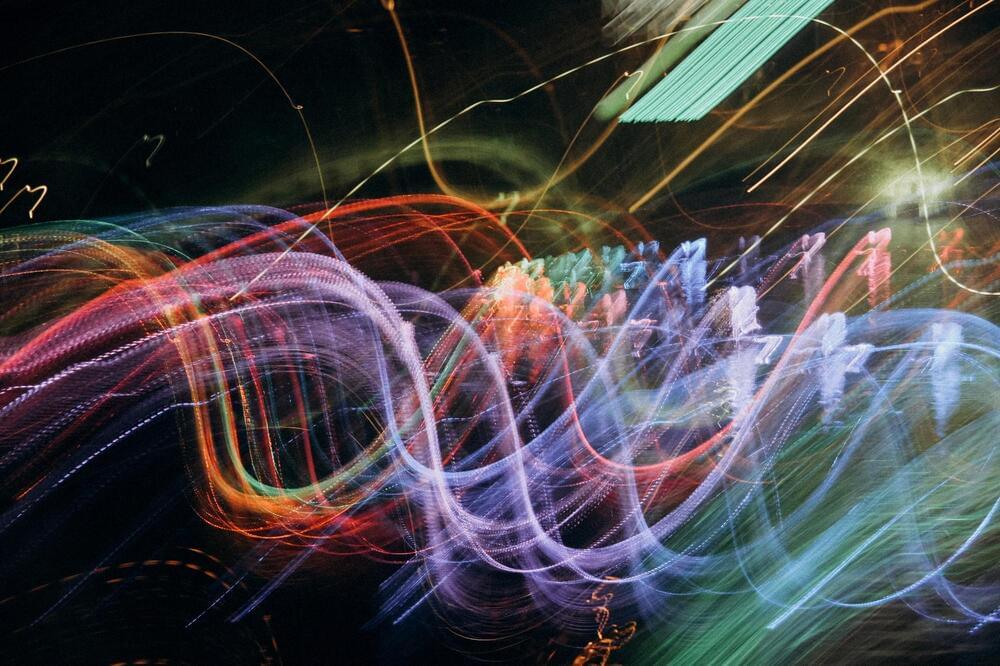
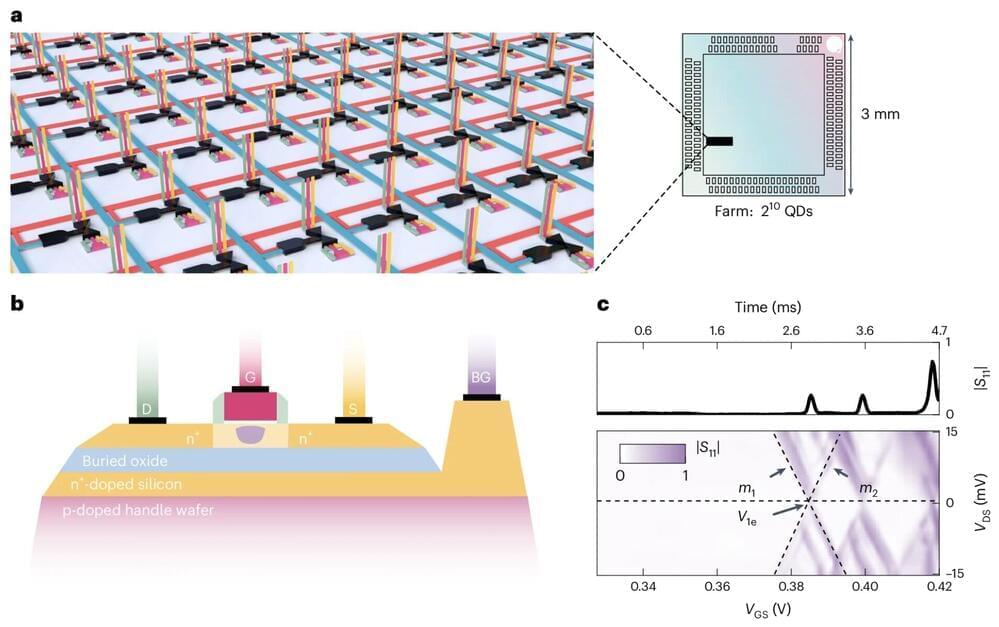
Quantum computers have the potential of outperforming classical computers on some optimization tasks. Yet scaling up quantum computers leveraging existing fabrication processes while also maintaining good performances and energy-efficiencies has so far proved challenging, which in turn limits their widespread adoption.
Researchers at Quantum Motion in London recently demonstrated the integration of 1,024 independent silicon quantum dots with on-chip digital and analog electronics, to produce a quantum computing system that can operate at extremely low temperatures. This system, outlined in a paper published in Nature Electronics, links properties of devices at cryogenic temperatures with those observed at room temperature, opening new possibilities for the development of silicon qubit-based technologies.
“As quantum processors grow in complexity, new challenges arise such as the management of device variability and the interface with supporting electronics,” Edward J. Thomas, Virginia N. Ciriano-Tejel and their colleagues wrote in their paper.
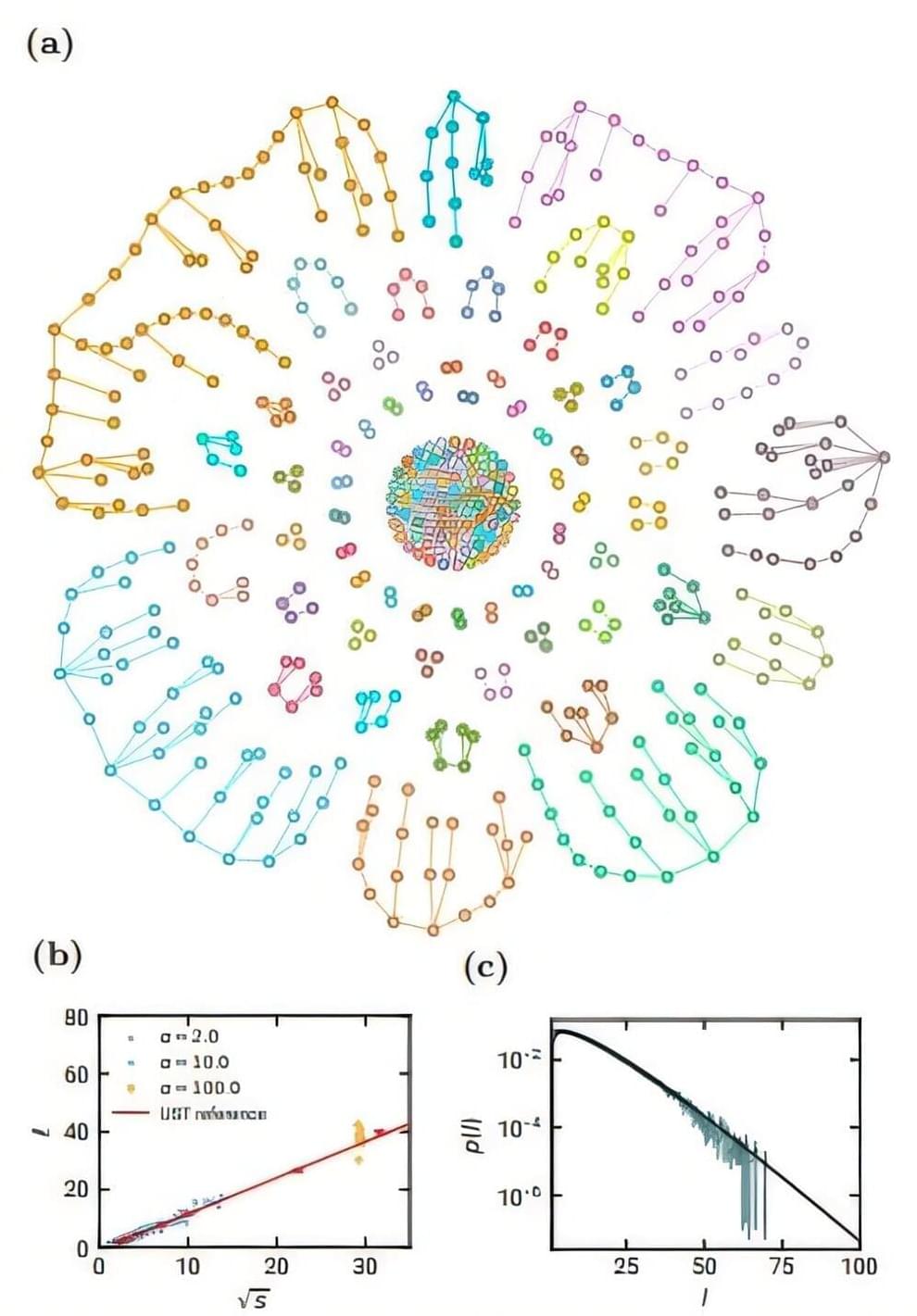
While entangled photons hold incredible promise for quantum computing and communications, they have a major inherent disadvantage. After one use, they simply disappear.
In a new study, Northwestern University physicists propose a new strategy to maintain communications in a constantly changing, unpredictable quantum network. By rebuilding these disappearing connections, the researchers found the network eventually settles into a stable—albeit different—state.
The key resides in adding a sufficient number of connections to ensure the network continues to function, the researchers found. Adding too many connections comes with a high cost, overburdening the resources. But adding too few connections results in a fragmented network that cannot satisfy the user demand.
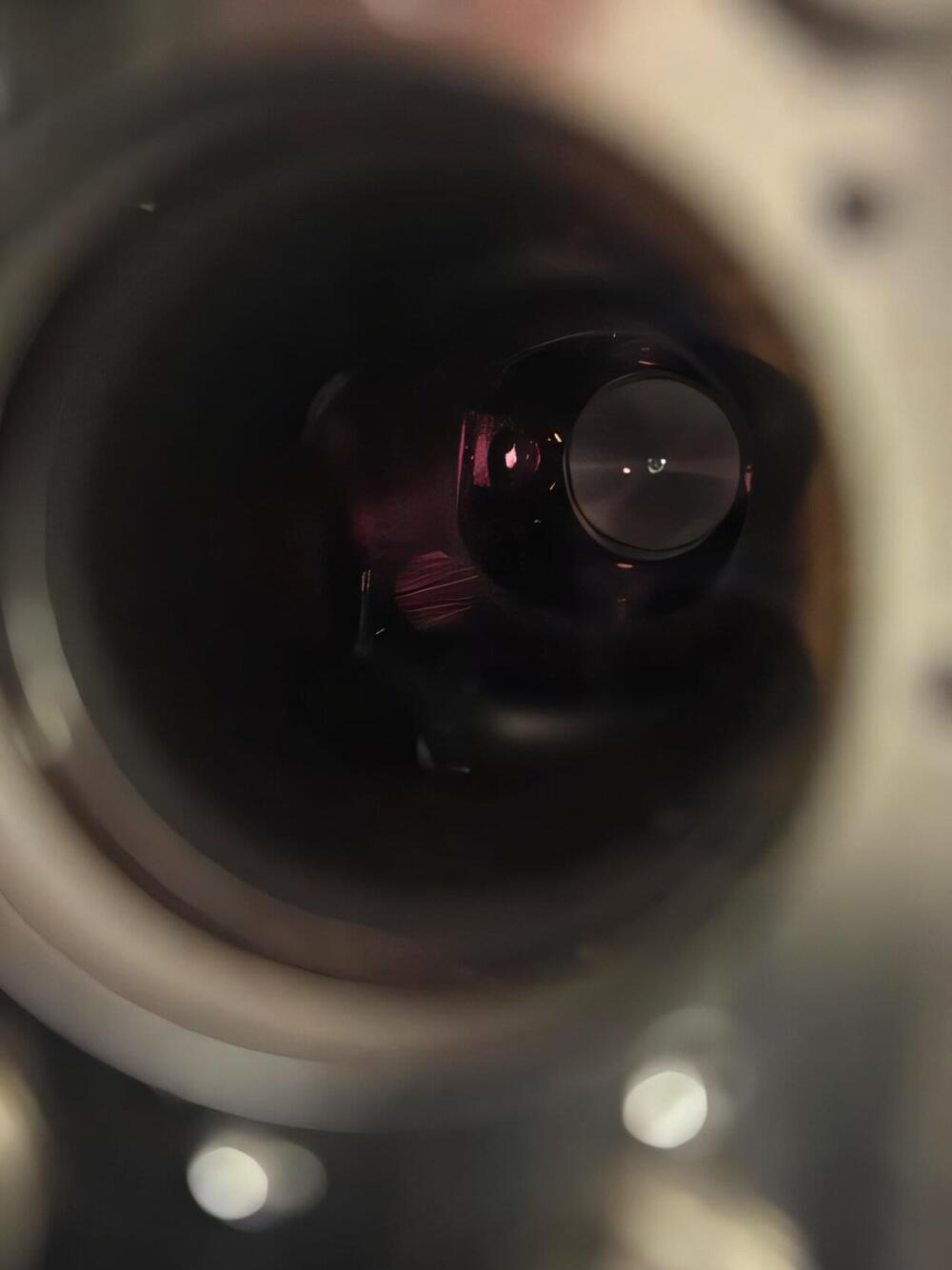
Scientists at the National Institute of Standards and Technology (NIST) have created a new thermometer using atoms boosted to such high energy levels that they are a thousand times larger than normal. By monitoring how these giant “Rydberg” atoms interact with heat in their environment, researchers can measure temperature with remarkable accuracy. The thermometer’s sensitivity could improve temperature measurements in fields ranging from quantum research to industrial manufacturing.
Unlike traditional thermometers, a Rydberg thermometer doesn’t need to be first adjusted or calibrated at the factory because it relies inherently on the basic principles of quantum physics. These fundamental quantum principles yield precise measurements that are also directly traceable to international standards.
“We’re essentially creating a thermometer that can provide accurate temperature readings without the usual calibrations that current thermometers require,” said NIST postdoctoral researcher Noah Schlossberger.
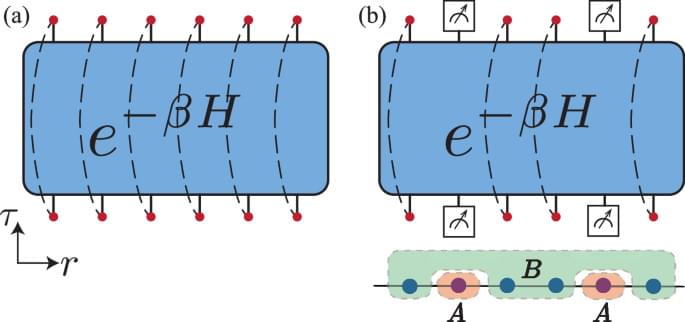
Quantum entanglement contains important information about quantum systems, but its calculation is challenging. Here the authors develop a quantum Monte Carlo technique for full tomography on microscopic subregions of a system, enabling extraction of multipartite quantum entanglement in large scale models.
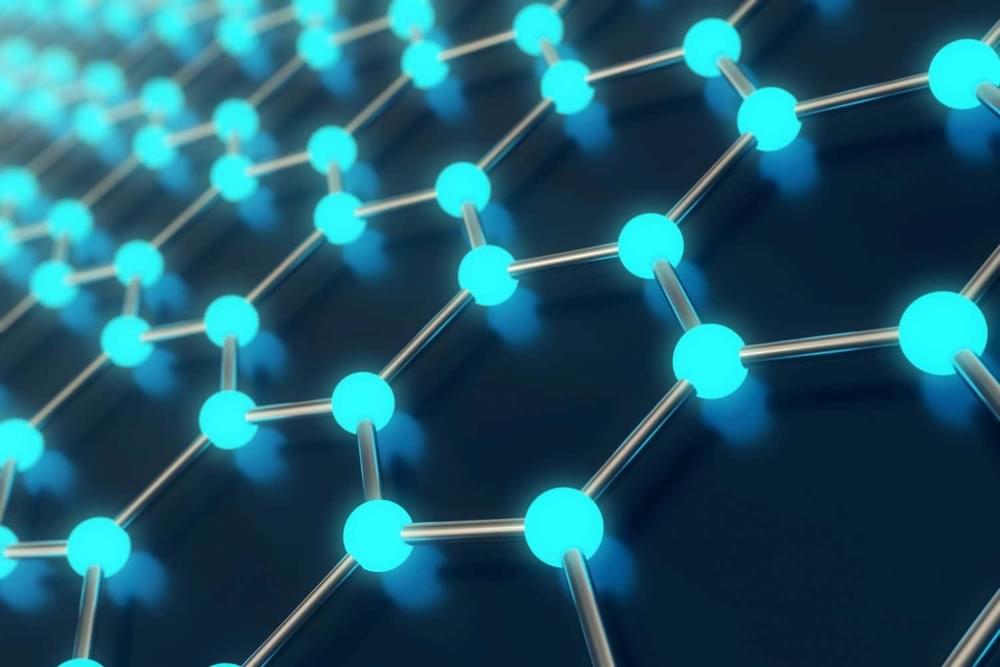
In a groundbreaking study published in Nature, researchers from the University of British Columbia, the University of Washington, and Johns Hopkins University have identified a new class of quantum states in a specially engineered graphene structure. They found topological electronic crystals in twisted bilayer–tilayer graphene, made by stacking and twisting two-dimensional graphene layers.
Graphene, composed of carbon atoms arranged in a honeycomb structure, has unique electrical properties due to the way electrons hop between the carbon atoms.
Prof. Joshua Folk from UBC explains that stacking two graphene flakes with a slight twist creates a geometric interference effect known as a moiré pattern, changing how electrons move, slowing them down, and twisting their motion.
